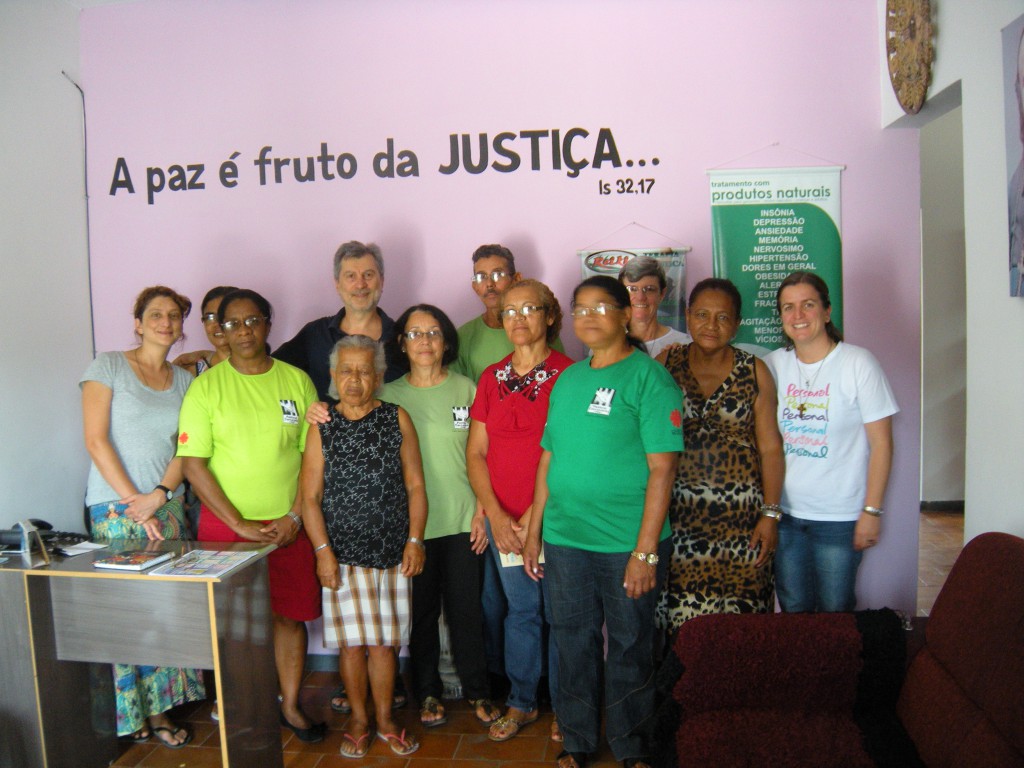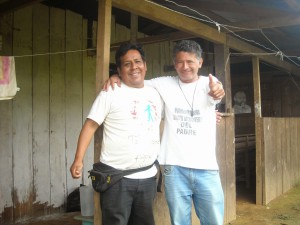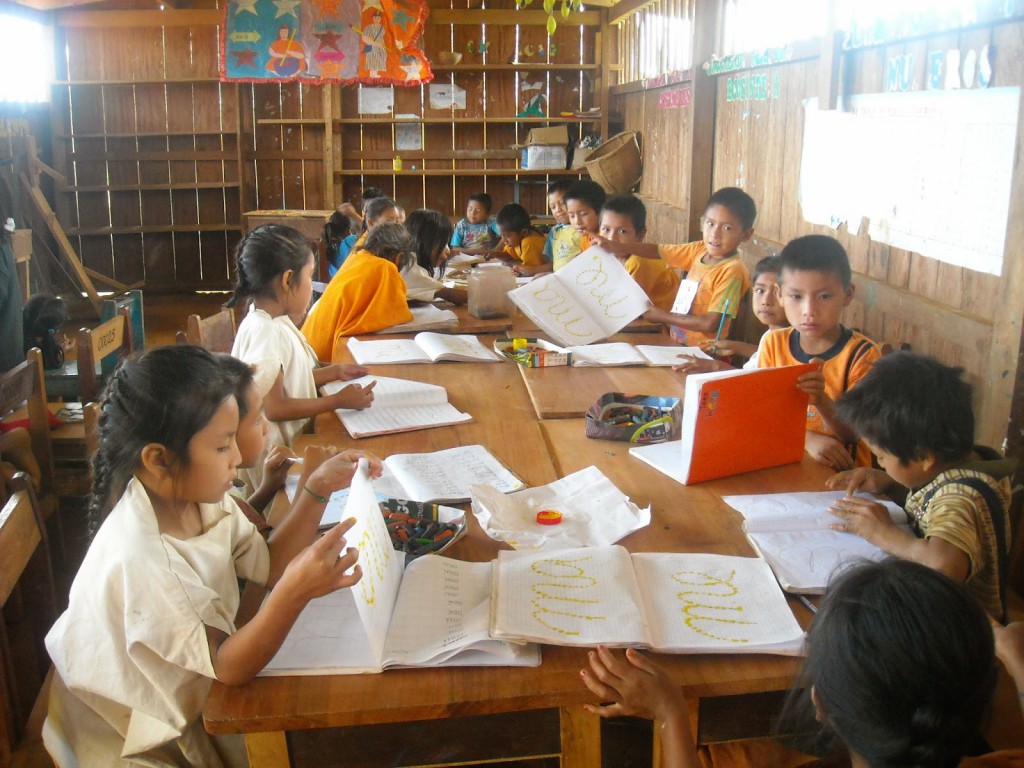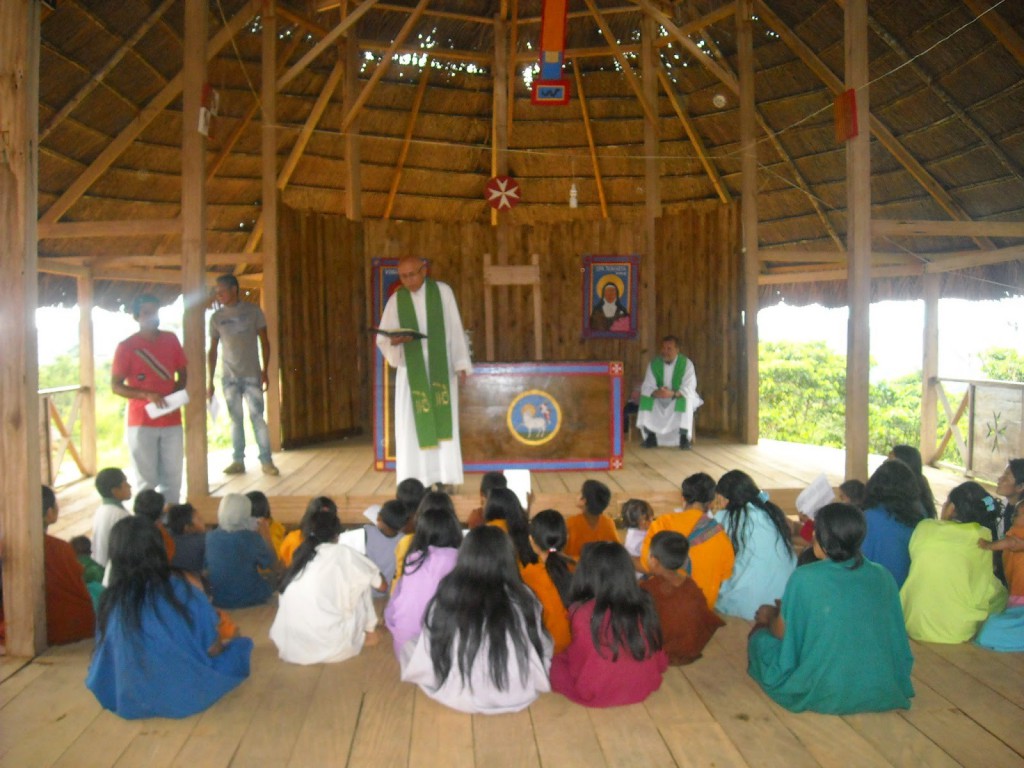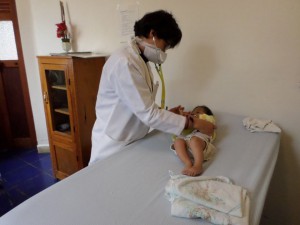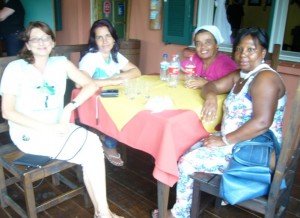Among the various pastoral activities of the parish of Santo Domingo, led by the Comboni Missionaries in Nova Contagem, it is also the prison ministry, in charge of 15 volunteers, including the Comboni Lay Missionaries, which are part of the parish.
Every Tuesday and Wednesday morning, the group meets to visit the pavilions of the maximum-security prison of Nelson Hungria, located in Nova Contagem, with about 2,000 inmates. The meeting is at 08:00 in the square next to the prison.
The prison situation in Brazil, as in other parts of the world, suffers from high overcrowding due to prison system with little attention to the recovery of prisoners.
Prisons in Minas Gerais, for example, can receive 32,000 prisoners, divided into 144 prisons; actually, there are 54,000 inmates in the different units. This situation only gets worse the living conditions of prisoners, with a further object of punishing instead of re-educate and re-socialize, with serious violations of human rights.
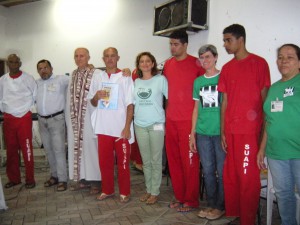 The action and commitment of the group of Prison Ministry, composed mainly of women, is to believe in a work of promoting human dignity, respect for human rights, and the overcoming of the limits of the current prison system in favor of a model that allows effective recovery and reintegration of the individual.
The action and commitment of the group of Prison Ministry, composed mainly of women, is to believe in a work of promoting human dignity, respect for human rights, and the overcoming of the limits of the current prison system in favor of a model that allows effective recovery and reintegration of the individual.
The most important of our pastoral activity is the testimony of a God who does not discriminate anyone, in a place marked by contempt, prejudice and violence, making ours the words of the Gospel: “I was in prison, and you came to visit me “. It is the pedagogy of Jesus, method, model, who heads the way of this pastoral, recognizing the face of God in every person, including the prisoners.
There are many challenges and difficulties in our pastoral activities, such as excessive bureaucracy that often delays and complicates our work, controls, restrictions on visits, limited permissions; but with courage, this small group of volunteers are facing difficulties. This has allowed in 2014, to create two groups of catechesis in prison. And it was possible that some inmates, who had requested, receive the sacraments.
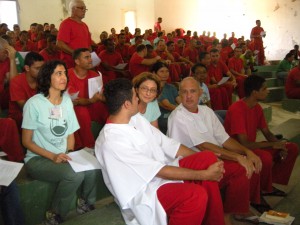 For this are fundamental the moments of ongoing formation that we make at the end of the month, to have a dedicated space of programming and training, allowing prison pastoral agents learn the actions that will help to improve prison visits and the relationship with the inmates. In this also helps the training conducted by the diocese.
For this are fundamental the moments of ongoing formation that we make at the end of the month, to have a dedicated space of programming and training, allowing prison pastoral agents learn the actions that will help to improve prison visits and the relationship with the inmates. In this also helps the training conducted by the diocese.
In short, this would be the work of the prison ministry. A simple action, giving hand, encountering real faces, listening to the life stories of those who are on the other side of the bars, to bear witness to the dignity of every human being, because as the Gospel says “by this all people will know that you are my disciples, if you love one another” (Jn 13, 35.).
Emma Chiolini, Comboni Lay Missionary




